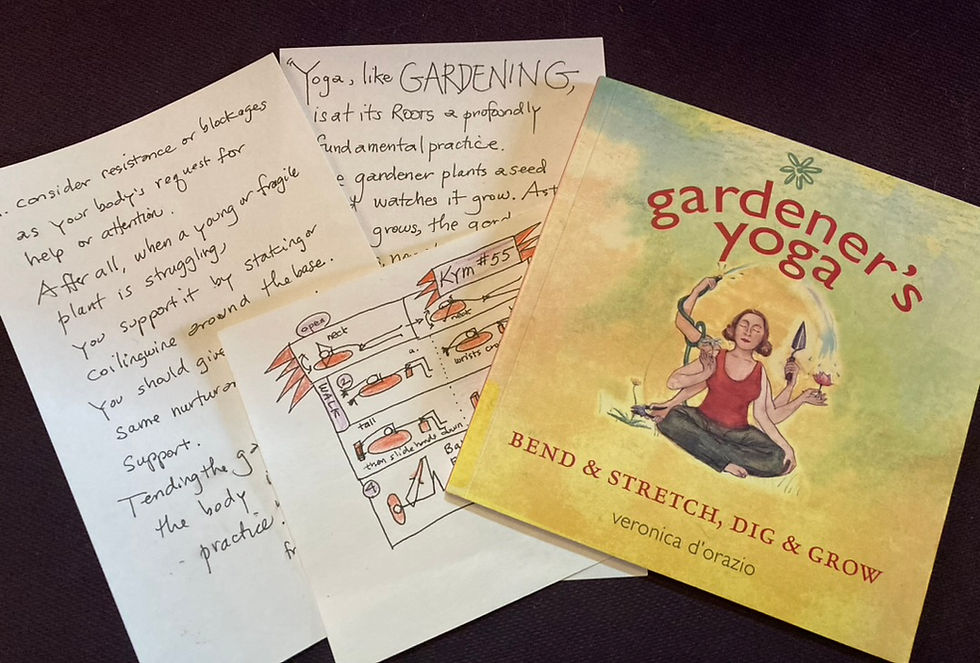Pain is Information
- Beth Molaro

- Sep 18
- 2 min read

“You cannot be pain-free just because you avoid doing things.”
~Francisco Kaiut
Pain is an indication of the presence of stagnation, a blockage of free movement of life energy through the body. When you feel those initial twinges of pain, it is wise to think of them as a signal from your body that there is a blockage and some attention is needed.
Pain serves as a protective/safety mechanism. It is a way for the body to communicate with us! However, according to Dr. Lorimer Mosely, "The longer you have pain, the better your spinal cord gets at producing danger messages to the brain, even if there is no danger to the tissue." He goes on to say, "“For many people in persistent pain, this is a critical issue to understand and well worth repeating. In this sensitised state, the brain is being fed information that no longer reflects the true health and abilities of the tissues at the end of the neurons.”
As Francisco Kaiut says, "If you are always avoiding pain, after a while, you'll have unavoidable pain," What?! When we are constantly avoiding certain actions/movements because we fear pain, we often end up with more pain because those movements or positions become negatively charged.
If the nervous system senses a threat, we tighten up. Like the check engine light on our car, tightness is a signal from the nervous system that something is up. Tightness protects us from moving into a range of motion that the body can't fully control. Pain comes when we run out of compensatory routes and our adaptability is diminished.
If the nervous system feels safe, the body is more mobile and free.
The more tightness or rigidity there is in the body, the more important it becomes to go slow, to feel safe, to ease off. If we work with intensity when we are tight and stiff, we tend to increase the rigidity rather than having the results that we want.
This is why, in our yoga practice, we move so slowly. We spend sustained time in a shape. We want to feel and to notice the early trigger of these safety mechanisms so that we can stop there and slowly back off to maintain a sense of safety. This approach allows us to slowly desensitize these hypersensitive responses and to keep the nervous system working calmly. In this way we slowly and safely explore the movement or shape and in time, we shift our relationship with pain.






Comments